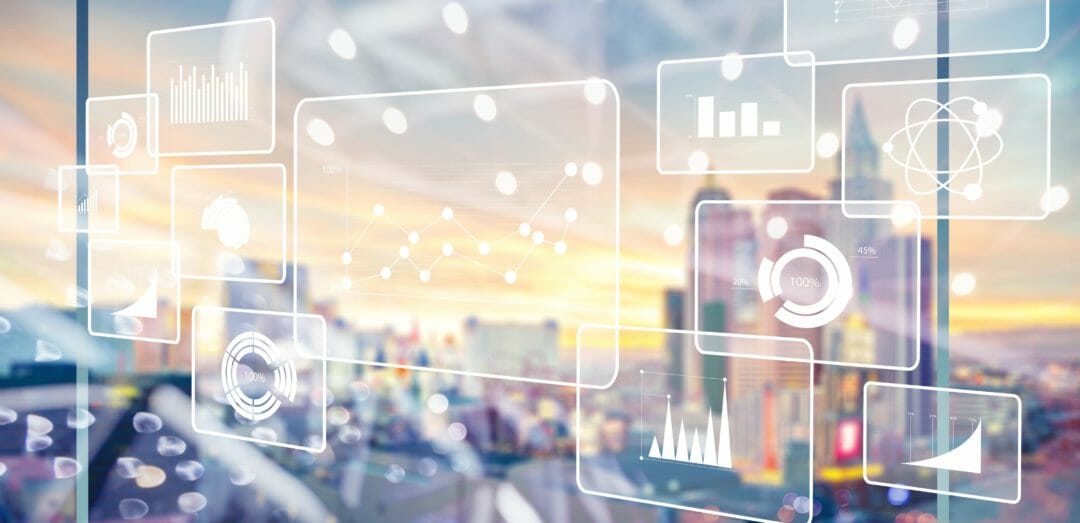These trends could allow companies leveraging data and analytics to successfully find their way through the financial and operational difficulties caused by Covid-19.
“To innovate their way beyond a post-COVID-19 world, data and analytics leaders require an ever-increasing velocity and scale of analysis in terms of processing and access to succeed in the face of unprecedented market shifts,” said Rita Sallam, distinguished research vice president at Gartner.
The top trends in the space, according to Gartner, are as follows:
1. Smarter, faster, and more responsible AI
Firstly, advancements in artificial intelligence (AI) has been identified, with the technology, including machine learning (ML) and natural language processing (NLP) providing insights and predictions on the spread of the virus and the effectiveness of possible countermeasures.
Additionally, AI techniques such as reinforcement learning and distributed learning have been implemented into business continuity strategies, increasing flexibility and adaptability.
Gartner has forecasted that 75% of companies will shift from piloting AI to operationalising it by 2024, driving a fivefold increase in streaming data and analytics infrastructures in the process.
2. Decline of the dashboard
Visual, point-and-click authoring and exploration is set to be replaced by more automated and consumerised means of gaining data insights.
This will mean a decline in predefined dashboard systems in favour of dynamic data stories that leverage automation technologies such as augmented analytics and NLP.
3. Decision intelligence
Decision intelligence, an area of AI that provides a framework for best practices for designing, modelling, executing and monitoring decision models and processes, is another trend that has emerged during the pandemic.
According to Gartner, over a third of large organisations will rely on analysts to deliver decision intelligence, such as decision modelling, by 2023.
The pros and cons of AI and ML in DevOps
4. X analytics
X analytics refer to a range of structured and unstructured content, such as text, video and audio analytics, in which ‘X’ represents the data variable.
Combined with AI and other automated techniques, X analytics is set to play a key role in establishing plans for future crises and natural disasters using identification and prediction capabilities.
5. Augmented data management
Augmented data management incorporates AI and ML in order to optimise and improve operations, and converts metadata from being used in audits and reports, to powering dynamic systems.
This kind of technology can analyse large samples of operational data, tune operations and optimise configuration, security and performance.
6. Cloud is a given
Another trending area of technology identified by Gartner is the cloud, which no longer poses a question of whether it’s important for data and analytics operations, or how much it costs, but how it can meet workload performance requirements beyond the price list.
It has been predicted that public cloud services will be essential for 90% of data and analytics innovation, as decision makers continue to struggle to align the appropriate services to the right use cases.
The benefits of cloud technology for remote working
7. Data and analytics worlds collide
The offering of end-to-end workflows enabled by augmented analytics now blur the distinction between data and analytics markets.
This pending collision between the two areas is set to increase interaction and collaboration between data and analytics roles, which were previously kept separate.
In turn, the spectrum of roles within the two markets will extend to positions such as information explorer and citizen developer.
8. Data marketplaces and exchanges
Data marketplaces and exchanges provide individual platforms to combine third-party data offerings and reduce costs.
Gartner has predicted that 35% of large companies will do business via formal online data marketplaces, either as buyers or sellers, by 2022.
9. Blockchain in data and analytics
Blockchain has also played its part in bolstering data and analytics, providing full lineage of assets and transactions, along with transparency for complex networks of participants.
Gartner estimates that by 2021, most permissioned blockchain uses will be replaced by ledger database management systems (DBMSs), which provide more attractive options for single-enterprise auditing of data sources.
10. Relationships form the foundation of data and analytics value
Finally, Gartner has predicted the prosperous future of graph analytics, which allows for the exploration of relationships between relevant companies, individuals and transactions, as well as helping decision makers find unknown relationships in data and review data not easily analysed by more traditional means.
30% of organisations worldwide are predicted to make use graph technologies to facilitate rapid contextualisation for decision making, by 2023.







